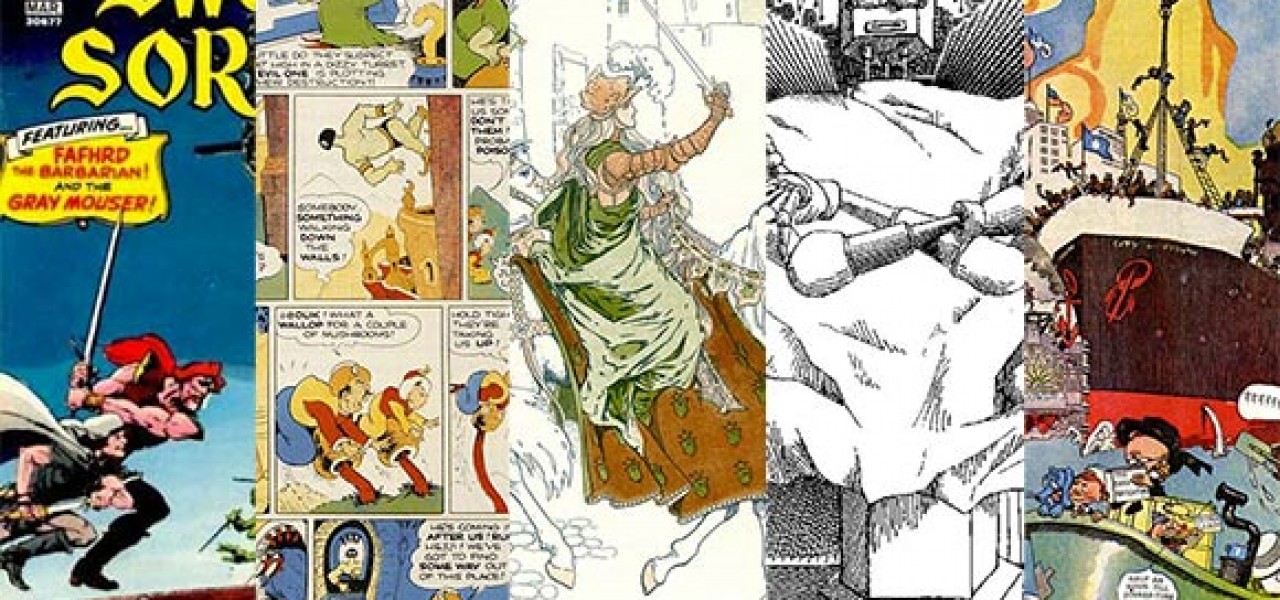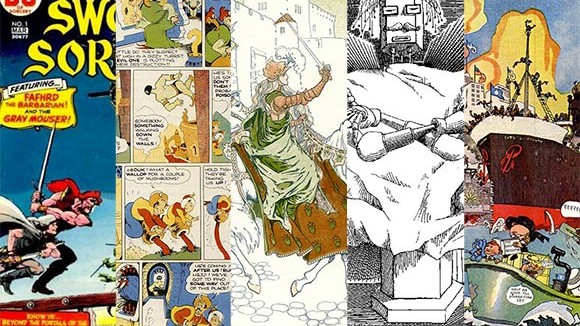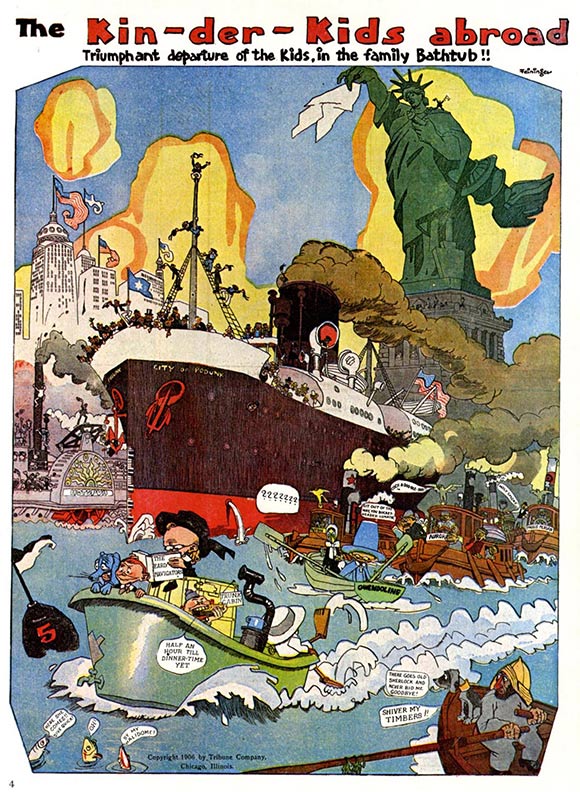

Five Works That Should Be Adapted into Animation
Suppose you wanted to make an animated film or TV series, but you didn’t have any new ideas and (gasp) you don’t want to remake the same old properties. Take heart: there’s a lot of great material out there just begging to be adapted into animation. I’ve picked five properties that would make excellent films or series. If these lean toward science fiction and fantasy, well, so do I.

Queen Zixi of Ix
L. Frank Baum’s 1905 novel is one of his best, and more traditionally “fairy tale” than his other works. It has magic, plucky children, a mean aunt, and comical villains—in other words, a Disney film waiting to happen. Baum’s works are ripe for adaptation, and it’s a crime that so few of them have reached the screen. OK, this would be a remake: Queen Zixi was adapted for the movies by Baum’s Oz film company, as The Magic Cloak of Oz (1914), but a century between remakes should be okay. Frederick Richardson’s illustrations for the book suggest a possible visual approach.
My recommendation: Feature film

The Kin-der-Kids
Lyonel Feininger had a long career as a fine artist and teacher, but to comics fans he is known for two comic strips that ran briefly in 1906-07. Of these, the second, Wee Willie Winkie’s World, is too gentle and lacking in story to carry an animated series. The Kin-der-Kids is another matter. Three brothers, their dog, and a windup toy in the shape of a Japanese child(?), set out to cross the world, traveling in the family bathtub.
The Kin-der-Kids lends itself in two ways. First, Feininger’s distinctive drawing style gives a ready-made visual identity to an animated show. Second, the strips brief life works in favor of adaptation. There is some existing continuity, but not too much, and many loose ends, as Feininger just left off without providing any conclusion. One character, Uncle Kin-der, appeared in an introductory drawing to the strip and never again. And what about the sealed orders brought to the kids by Mysterious Pete in the second week of the strip and never mentioned afterward? The Kin-der-Kids could be educational, expressionist, surreal, its humor taken as gently or acidly as desired.
My recommendation: Half-hour TV series

Hejji
Dr. Seuss was made for animation—he even worked in the field, writing stories for cartoons while in the animation department of the First Motion Picture Unit of the Army Air Force during the second World War. His comic strip Hejji, which ran for three months in 1935, is one of his more obscure creations. For all its brief run, it is delightfully full of Seussian whimsy. Hejji comes to the land of Baako, where he is first menaced and then befriended by the Mighty One, ruler of the land. They proceed to travel through Baako to the castle of the Evil One, and then…? Like The Kin-der-Kids, its short run provides a foundation with lots of room for growth. Besides, who could resist the Seven Deadly Wombats? It is likely still under copyright, but the potential is vast.
My recommendation: TV or webseries

The Cyberiad
Stanislaw Lem’s 1967 book of cybernetic fables is one of his most accessible works. Sparring colleagues/rivals Trurl and Klapaucius are robot inventors (that is, robots who invent) whose machine creations often go awry in comic fashion. Whether they are at home devising impossible machines, or helping others on one of their famous sallies around the universe, there’s plenty in the existing stories, and room for lots more. Sardonic at times without being harsh, The Cyberiad sweetens Lem’s pessimistic nature without hiding it. A robot universe replete with satire, allegory, and wit equals a prime prospect for adaptation.
MyrRecommendation: Half-hour TV show or web series

Fafhrd and the Gray Mouser
Sword and sorcery has not had much success in film or TV (sorry, Conan and He-Man) but Fritz Leiber’s series of stories could raise the bar. The title duo are fast—if at times bickering—friends, a study in contrasts: Fafhrd, a seven-foot tall barbarian warrior, the Gray Mouser a former wizard’s assistant who barely reaches five feet tall. Their magical advisers, Ningauble of the Seven Eyes and Sheelba of the Eyeless Face, resemble characters out of a Guillermo del Toro film. Leiber wrote many stories about the duo, from 1939 to 1988, providing a wealth of information about the world of Nehwon and its many unusual peoples and places. Both DC and Marvel comics have taken a crack at adapting the stories: DC in the 1970s, and Marvel, under its Epic Comics imprint, in the 1990s. There’s a wealth of material from a master of science fiction and fantasy. Still in copyright, obviously.
My recommendation: Feature film, perhaps with a TV series to follow

.png)